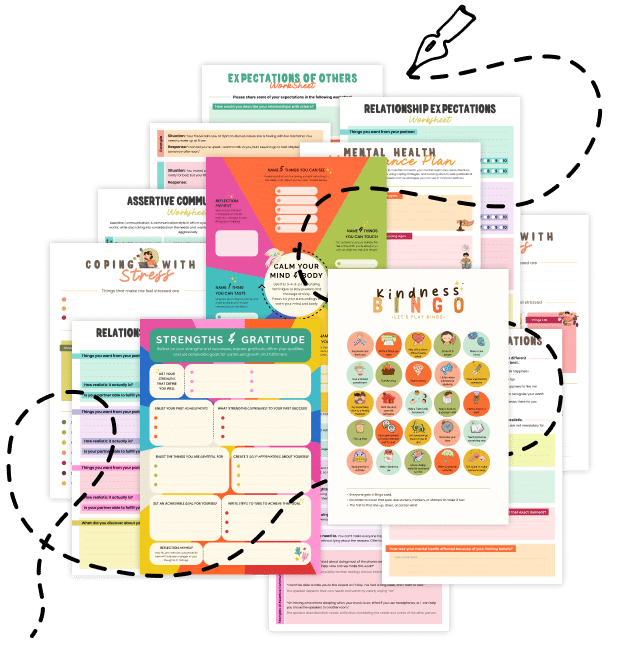20 Things About Cued Retrospective Reporting
Enhance your self-reflection and research accuracy with these 20 insights on Cued Retrospective Reporting—what it is, why it matters, and how it can transform the way you recall and report past experiences. This method uses specific cues to trigger memories, making your recollections more detailed and reliable.
1. What Is Cued Retrospective Reporting?
Cued Retrospective Reporting is a method of memory retrieval where specific cues—such as words, images, or contextual prompts—are used to help individuals recall past events more accurately.
2. The Role of Memory Cues in Cued Retrospective Reporting
Cues act as triggers that activate related memories stored in your brain, facilitating a more focused and structured recall of past experiences.
3. Enhancing Recall Accuracy
By providing a prompt, cued retrospective reporting can reduce the vagueness often associated with free recall, leading to more detailed and accurate memories.
4. Types of Cues
Cues can be contextual, semantic, or emotional. Each type helps activate different aspects of a memory, making the recall process richer and more nuanced.
5. Free Recall vs. Cued Reporting
Unlike free recall, where memories are retrieved without guidance, cued reporting offers a structured way to access specific details by linking them to relevant prompts.
6. Cued Retrospective Reporting Applications in Psychological Research
Researchers use cued retrospective reporting to gather data on past behaviors, emotions, and experiences, providing insights that can inform studies in psychology and cognitive science.
7. Clinical Uses in Therapy
In therapeutic settings, this method helps patients articulate past events and emotions, enabling a clearer understanding of their experiences and aiding in treatment.
8. Improving Self-Reported Data
Cued reporting minimizes the distortions common in unprompted recollections, making self-reported data more reliable for both clinical and research purposes.
9. Enhancing Qualitative Research
This approach is a powerful tool in qualitative research, where detailed personal narratives are essential for understanding complex behaviors and emotions.
10. The Impact of Environmental Cues
Environmental or situational cues—like a familiar location or a specific scent—can significantly enhance the retrieval of related memories.
11. Reducing Memory Biases
Using cues can help reduce common memory biases by providing a more objective framework for recalling events, leading to a balanced perspective.
12. Benefits in Educational Settings
Educators can use cued retrospective reporting to help students reflect on learning experiences, reinforcing knowledge through guided recall.
13. Enhancing Self-Awareness
By regularly engaging in cued retrospective reporting, individuals can gain deeper insights into their thoughts, behaviors, and emotional responses.
14. Aiding in Decision-Making
Reflecting on past decisions with the help of cues can provide valuable data for improving future choices and strategies.
15. Overcoming the Limitations of Memory
Memory is fallible, but structured cues help counteract forgetfulness and provide a more accurate picture of past experiences.
16. Digital Tools and Cued Reporting
Modern apps and digital platforms now offer tools for cued retrospective reporting, making it easier to document and analyze personal histories.
17. Structured Reporting Formats
Using a consistent format when responding to cues can enhance the clarity and usefulness of the reported information.
18. Best Practices for Effective Cues
Effective cues are clear, relevant, and tailored to the context of the memory being recalled. Experiment with different types of prompts to see what works best for you.
19. Research Trends and Future Directions
Ongoing research continues to refine cued retrospective reporting techniques, exploring ways to further improve memory accuracy and applicability across various fields.
20. Related Topics to Explore
- Context-Dependent Memory – Understand how the context in which you learn or recall information can influence memory retention.
- Metamemory – Learn about your awareness of your own memory processes and how to enhance them.
- Memory Reconsolidation – Discover how reactivated memories can be updated with new information, influencing future recall.
- Active Recall vs. Passive Review – Explore techniques that optimize memory retention through intentional retrieval practices.
- Guided Imagery Rehearsal – Delve into strategies that use vivid imagery to strengthen and recall memories.
Quick Tips to Boost Your Cued Retrospective Reporting
- Use Varied Cues: Experiment with different types of prompts (visual, auditory, contextual) to see which best trigger your memories.
- Practice Regularly: Incorporate cued reporting into your routine to refine your recall process over time.
- Keep a Journal: Document your responses to cues in a dedicated journal to track patterns and insights.
- Reflect on Details: Take time to analyze the accuracy and detail of your recollections to improve future reporting.
- Combine Techniques: Pair cued retrospective reporting with other memory-enhancement strategies, such as active recall and guided imagery.
Embrace these insights and tips to enhance your cued retrospective reporting, empowering you to tap into your memories with clarity and precision for personal growth and research excellence!


